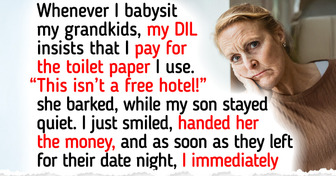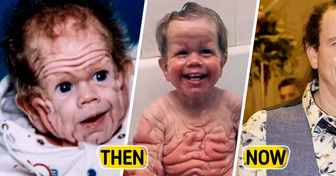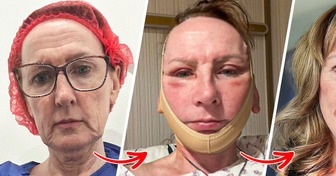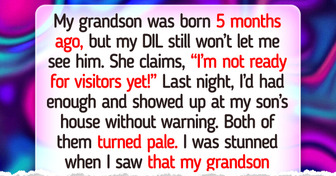These 10 Retro Hairstyles Are Back and Hotter Than Ever
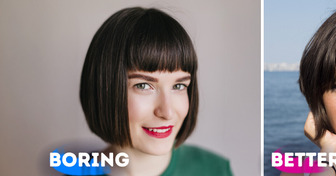
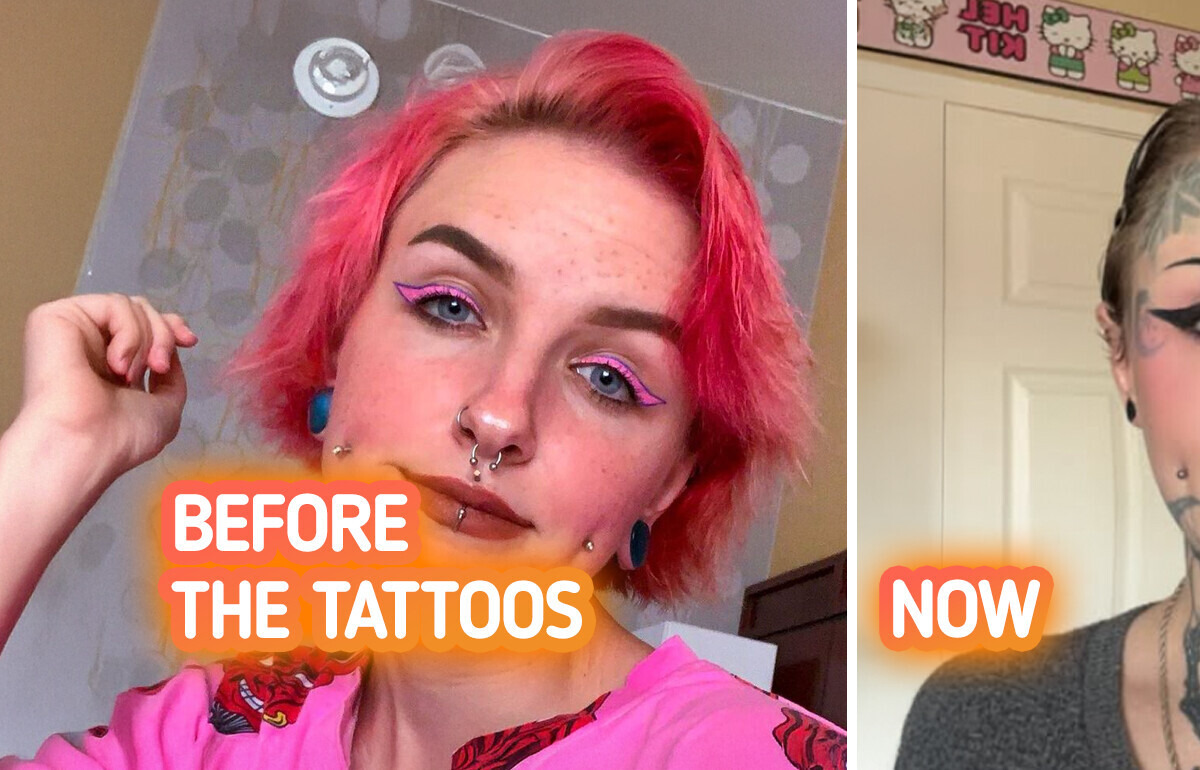
Ash Putnam, a 23-year-old Uber Eats driver and content creator on social media, has recently drawn attention after speaking out about her struggles in the job market. Known for her bold look—including tattoos on her neck and a prominent silver septum ring—Putnam opened up about feeling unfairly judged during the hiring process because of her appearance.
Putnam applied for a job at a famous store chain but received an automated email informing her that she would not be considered for the position. The email provided no specific reason for the rejection. Suspecting that her visible tattoos and piercings might have played a role, Putnam decided to confront the store directly.
Upon visiting the store, Putnam asked a manager why she wasn’t hired. She recounted being told that her lack of experience was the reason for her rejection. Skeptical, Putnam pressed further, asking if her tattoos were a factor. The manager denied this, but Putnam remained unconvinced.
Putnam’s experience raises questions about how employers perceive body art in the workplace. She argued that many highly intelligent and capable individuals have tattoos and piercings, which do not affect their job performance. "I hate that my tattoos are such a defining factor for me getting a job or not," she said. "Just because I have tattoos doesn’t mean I’m not going to be a good worker."
After sharing her experience on TikTok, Ash Putnam received a wave of negative responses. Commenters claimed her tattoos would scare children and suggested she should seek employment at tattoo or piercing studios instead. Some even went as far as telling her to join the circus. These reactions highlight ongoing societal prejudice against visible and unconventional body modifications.
Job discrimination due to tattoos remains a contentious issue in the modern workplace, reflecting broader societal tensions around personal expression and professional norms. Despite growing acceptance of body art in various cultural contexts, many employers continue to view visible tattoos as unprofessional, potentially affecting their hiring decisions. This bias can result in qualified candidates being overlooked based on their appearance rather than their skills or experience, perpetuating a cycle of exclusion for individuals who choose to express themselves through tattoos.
Putnam also voiced concerns about the difficulty young people face when trying to secure entry-level jobs without prior experience. "So younger people just can’t get a job because they haven’t worked enough?" she asked. "So, like, they’ll deny a 16-year-old a job because they don’t have enough work experience?"
Putnam’s TikTok video, which has garnered 9.7 million views, sparked a heated debate. Some former employees and hiring managers from the same store chain weighed in, confirming that visible tattoos and piercings could indeed influence hiring decisions. One user stated, "I used to be a hiring manager for TJ Maxx, and I will tell you it’s the facial piercings and tattoos."
Beyond concerns about the visibility of tattoos, some online critics pointed to the specific designs Ash chose as a possible factor in her rejection. She has highly noticeable ink, including a goat with a pentagram on her chest and a Leviathan cross on her hand—symbols that some consider satanic. These elements sparked debate about the appropriateness of certain imagery in customer-facing roles, especially in retail environments.
Putnam's situation has reignited discussions about the acceptance of visible tattoos in professional settings. While some argue that tattoos are a form of personal expression and should not influence hiring decisions, others believe that certain industries, especially those involving customer interaction, may have reservations. Experts note that, although tattoos are becoming more mainstream, visible body art can still affect employment opportunities depending on the company's culture and policies.
As the online debate grows, it's clear that conversations around body art and employment bias are far from over—mirroring wider cultural and generational changes. For another striking example of how tattoos can challenge expectations, meet this woman.

